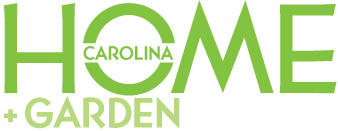How seed saving can preserve varieties of the past
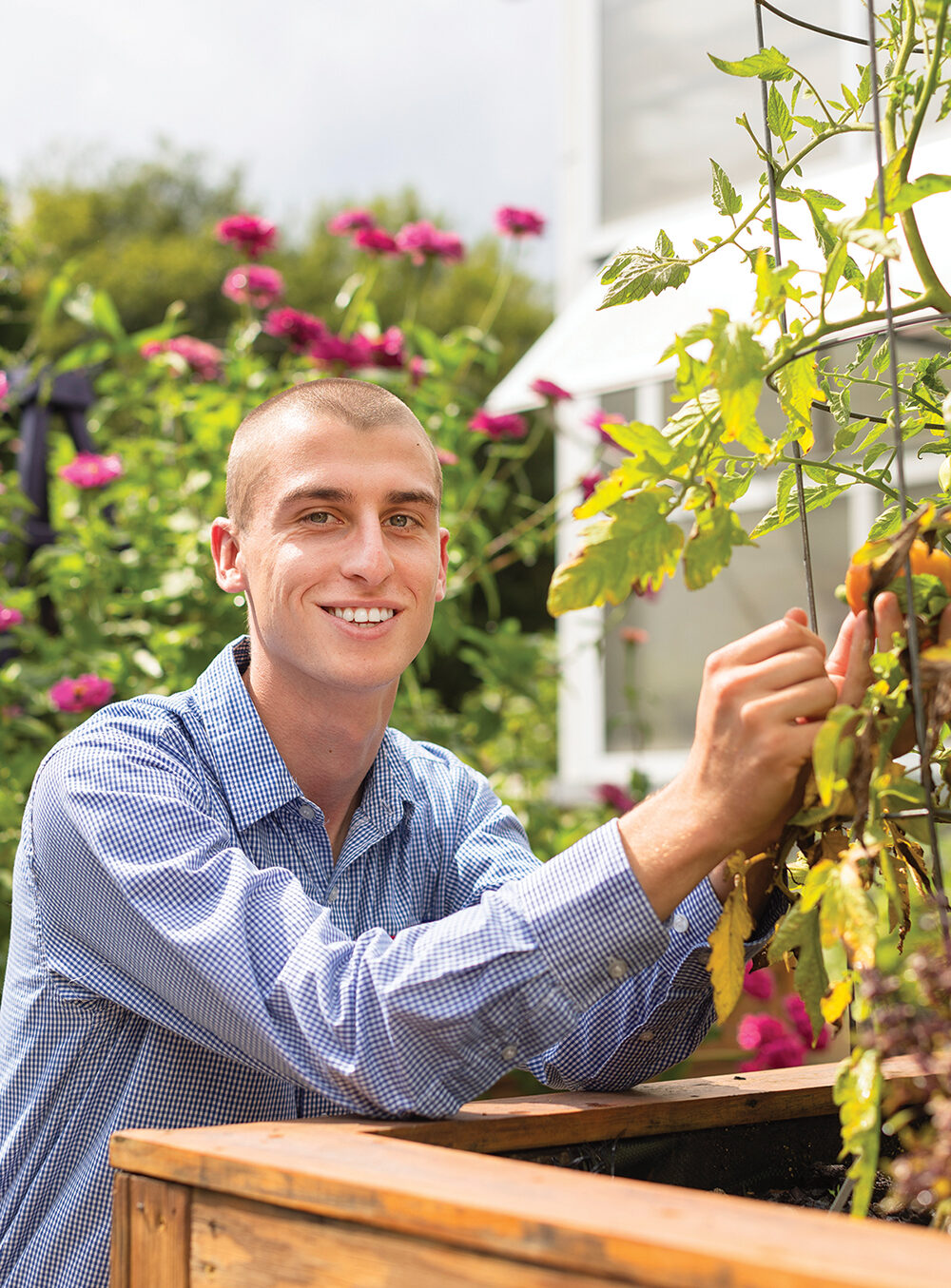
Isaac Wyatt is the grandson of an agricultural researcher and began gardening in Haywood County at age eight.
Photo by Colby Rabon
ince the 1900s, 75 percent of global plant diversity has been lost as farmers turn to genetically uniform, high-yielding crops, according to a statistic reported by the Food and Agriculture Organization. Isaac Wyatt wants to change that. The grandson of an agricultural researcher, Wyatt began gardening in his Haywood County backyard at eight years old.
But with each passing growing season, he noticed an alarming trend: The seed catalogs were getting thinner. Quirky heirloom varieties like Aunt Ginny’s purple tomatoes and ruby queen beets were there one year and gone the next.“I noticed how easy it was for those varieties to disappear,” says Wyatt, who soon turned to seed saving: the practice of collecting and preserving seeds. By the time he graduated high school, he had cultivated a seed library of more than 150 varieties.

Photo by Colby Rabon
Now a Madison County Small Farms and Specialty Crops Agent, Wyatt has made it his mission to teach others about the wonders of seed saving.
During a September workshop at Bullington Gardens in Hendersonville, for instance, he walked participants through the specifics of harvesting, cleaning, drying, and storing seeds. The process, he tells Carolina Home + Garden, is “very species-dependent” but can be broken down into “wet processing” (with tomatoes, for example, that have a jelly-like substance covering the seeds) and “dry processing” (Wyatt says large squash are a good candidate for this quicker method, and small fans help remove moisture).
Here, he digs into the basics of this time-honored autumn endeavor.
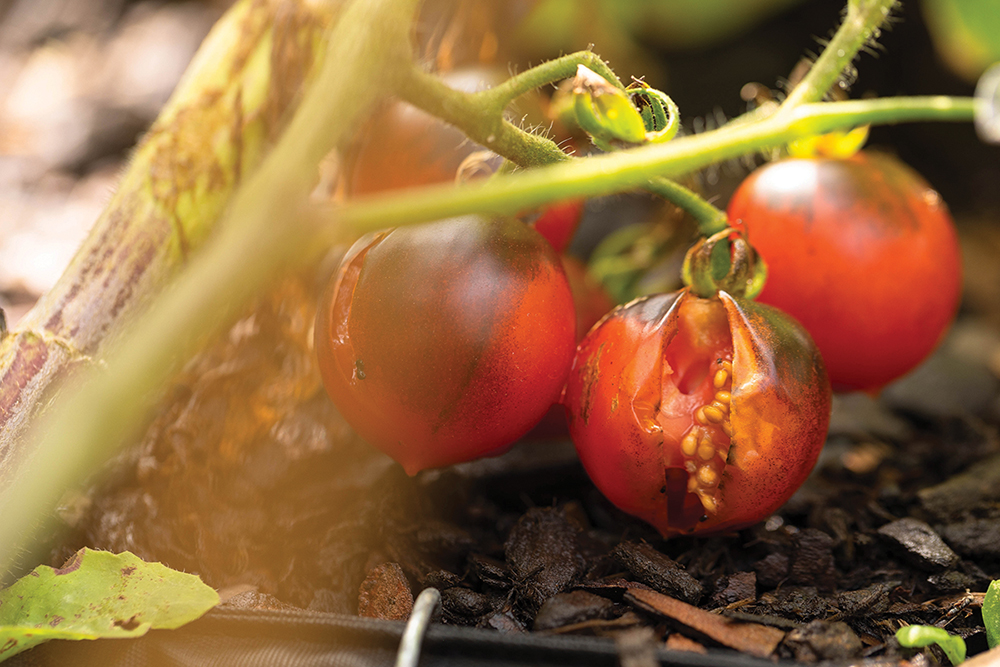
Photo by Colby Rabon
What is seed saving?
Seed saving is the process of “shelf stabilizing” [storing] open-pollinated seeds from desirable plants [after water removal] to avoid fungal growth and premature germination.
How should seeds be stored?
Ideally, all your seeds will be placed in an airtight container in the freezer. If you are only saving a small number of seeds, you don’t have freezer space, or you only need them to last over the winter, placing seeds in an airtight container in a dark closet will also suffice.
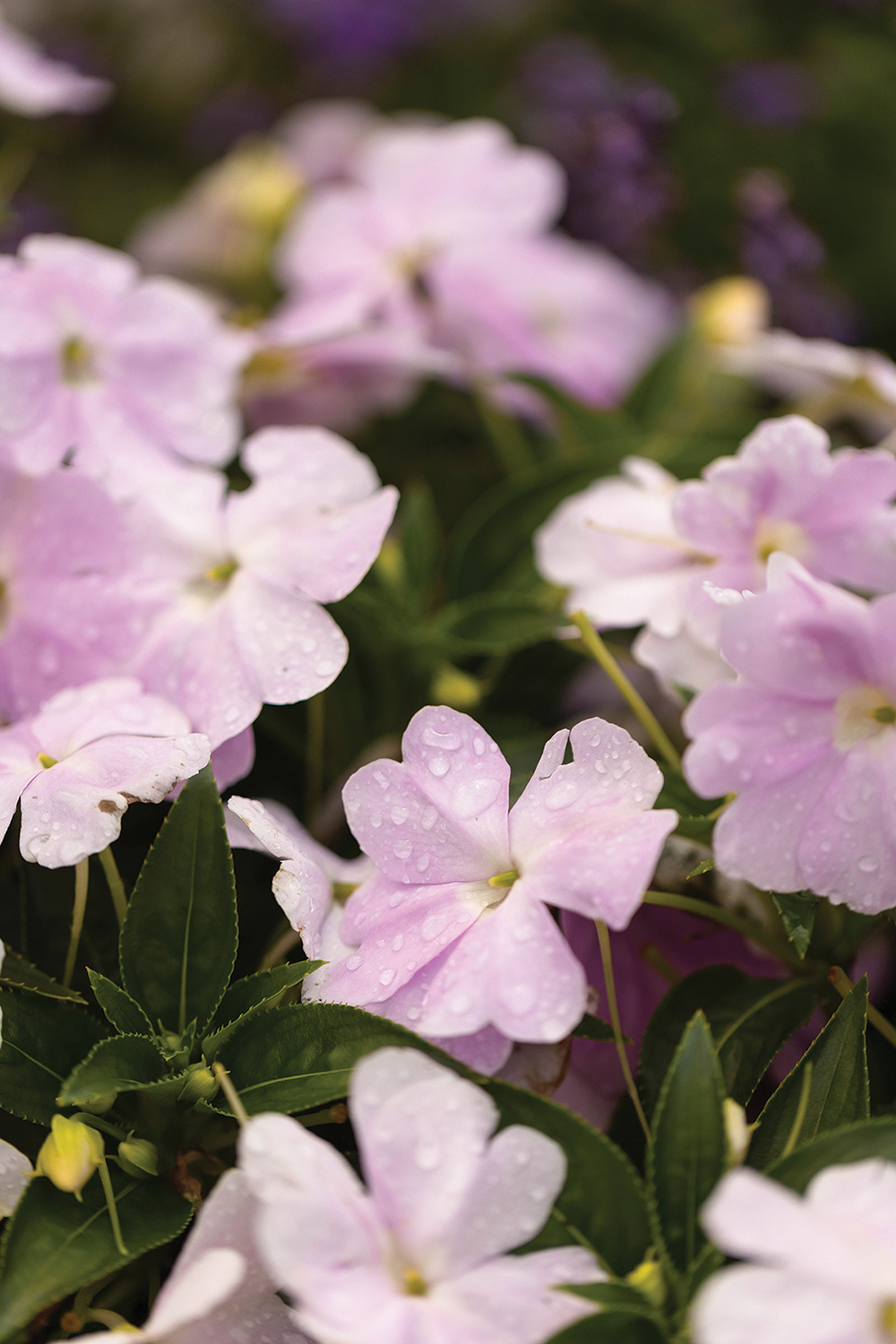
Protecting seeds helps assure that various kinds of flora continue to flourish in their native region.
Photo by Colby Rabon
What are the benefits of seed saving?
Seed companies hire growers from all over the U.S., and sometimes the world, to grow their seeds. That means the seeds you get shipped to North Carolina may have been grown in the Pacific Northwest. Often, those plants will struggle in the South’s hot, humid summers. Saving seeds allows you to obtain geographically adapted seeds. Seed saving also opens you up to a whole new world of interesting varieties, allowing you to try something new and have a great conversation starter in the garden.
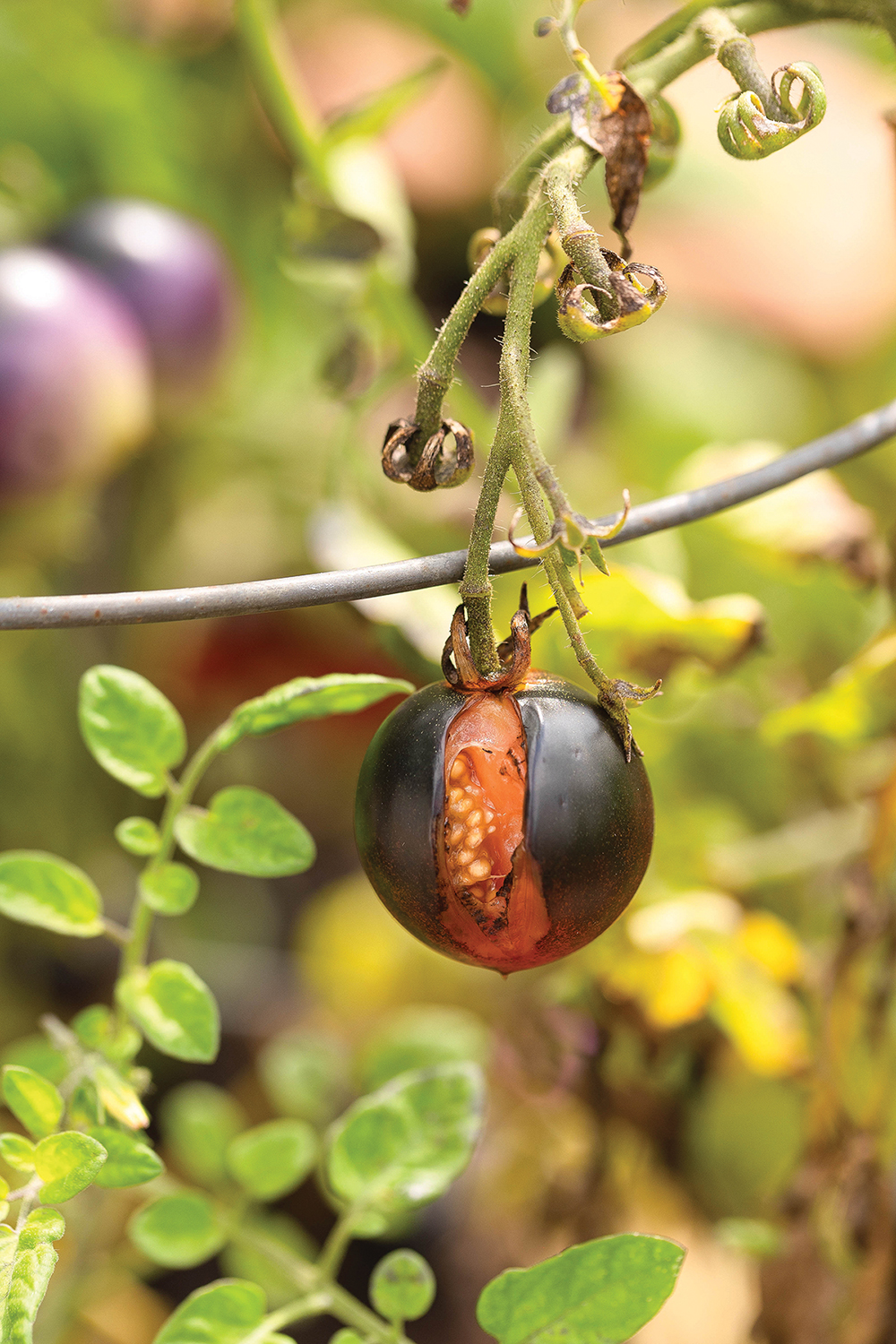
Are there specific types of seeds that are easier to save?
Flower seeds are often the easiest to save. Once they are removed from the flower, they are immediately ready to go into storage. Legumes also live up to a similar standard. Allowing them to dry on the vine and then shelling them is the most labor-intensive part.
Cross-pollination: What is it and how might it affect the process of seed saving?
Cross-pollination is the act of two different varieties crossing pollen. This is a problem when trying to save pure seed from a particular variety. If a plant has been cross-pollinated, you often can’t tell until the next generation begins to set fruit.
How can a home gardener overcome these challenges?
There are distances established for how far each crop must be spread out to prevent cross-pollination, but these vary greatly. Corn should be spaced up to one mile apart from other plants since it is wind-pollinated, but this simply isn’t achievable for most home gardeners. Insect-pollinated crops can be closer but are still hard to achieve in the home setting. The best option would be to use isolation bags and hand-pollinate any fruit you plan to save. Only growing one variety can achieve the same thing. However, you must make sure your neighbors aren’t growing any other varieties nearby. The bees don’t know where your property ends and another starts.
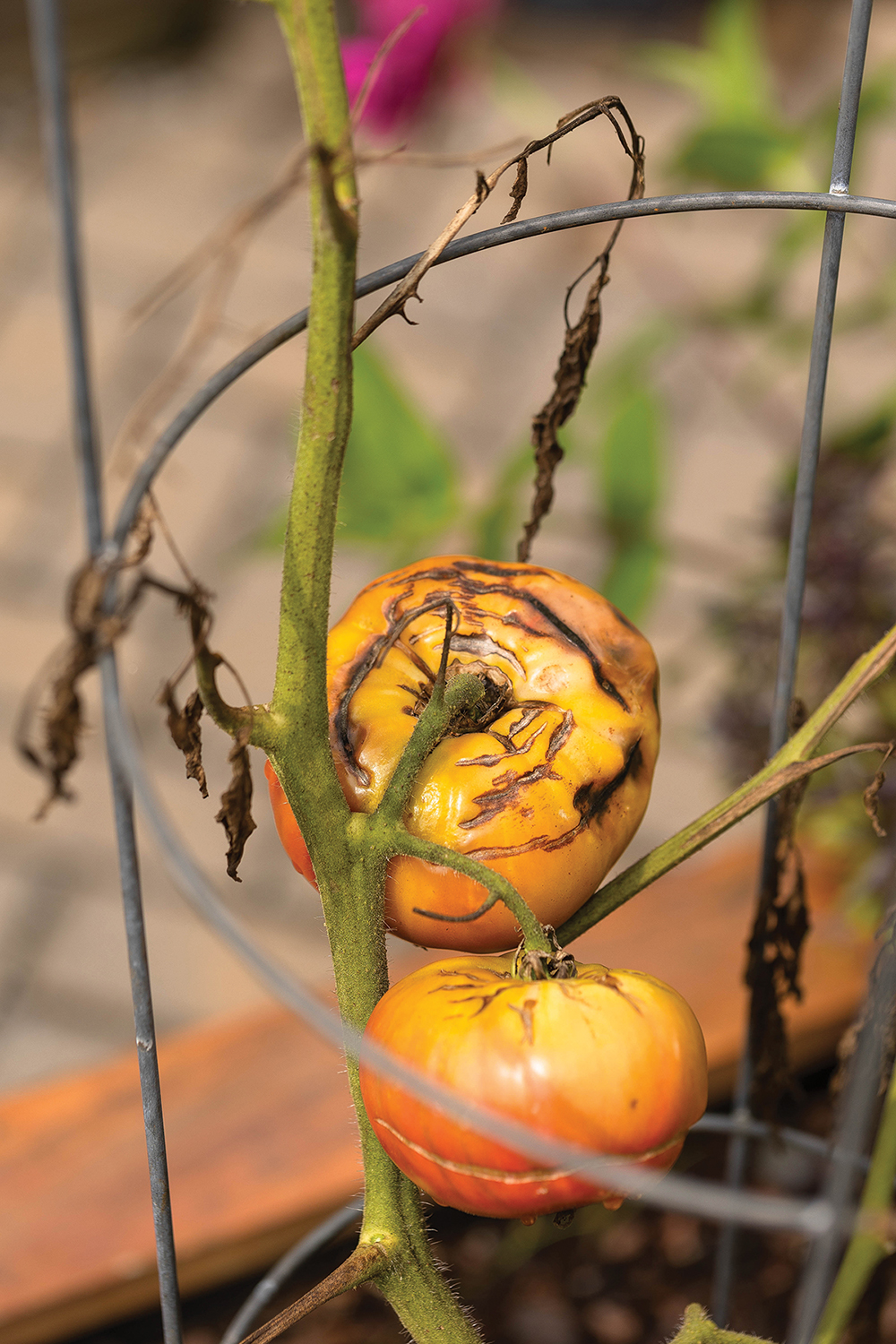
Photo by Colby Rabon
How long can you expect seeds to last?
In the soil, some seeds can remain dormant for hundreds of years. If saved properly, this can also be achieved. However, germination rates will begin to fall drastically after a certain number of years, no matter the conditions. The timeframe is species- and seed-dependent.
Do you think seed saving is becoming more mainstream? If so, why?
Yes — people are becoming more aware of where their food comes from and how it comes about. Seed saving is vital to our food system. Without it, the system would surely fail. Saving seeds is more important than ever: preserving the varieties of the past and ensuring the possibility of new ones in the future.
Isaac Wyatt, Small Farms Agent, Madison County, 258 Carolina Lane, Marshall, 828-649-2411, idwyatt@ncat.edu. Bullington Gardens, 95 Upper Red Oak Trail, Hendersonville; workshop info at bullingtongardens.org.
